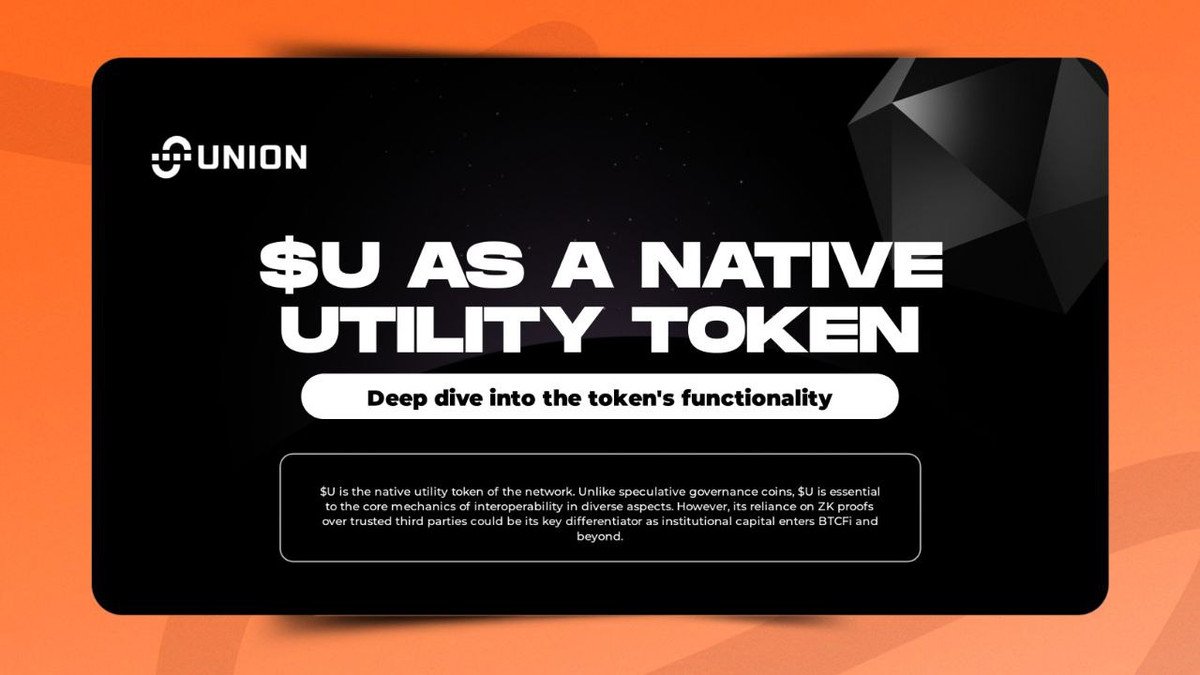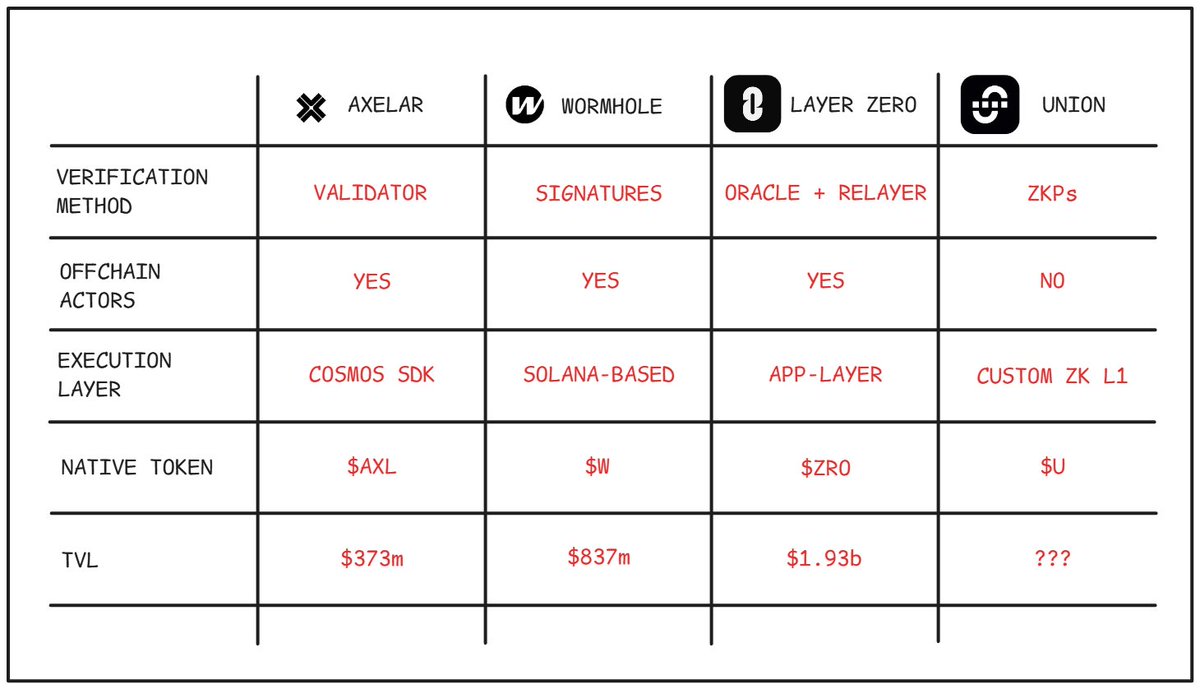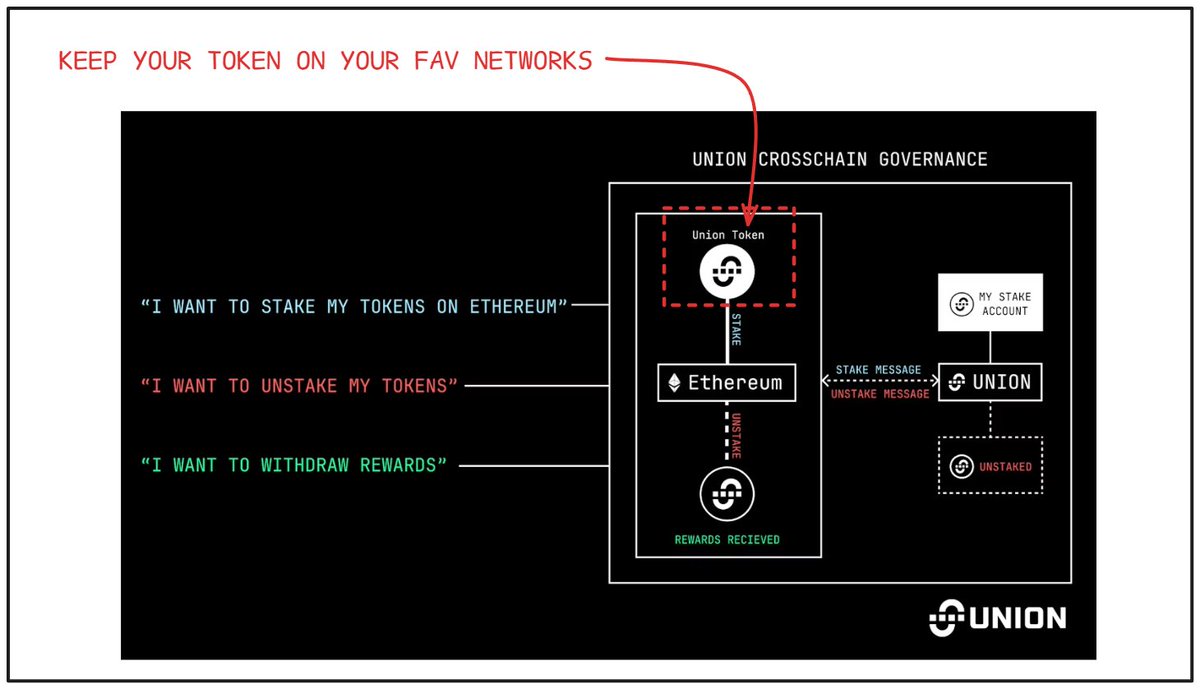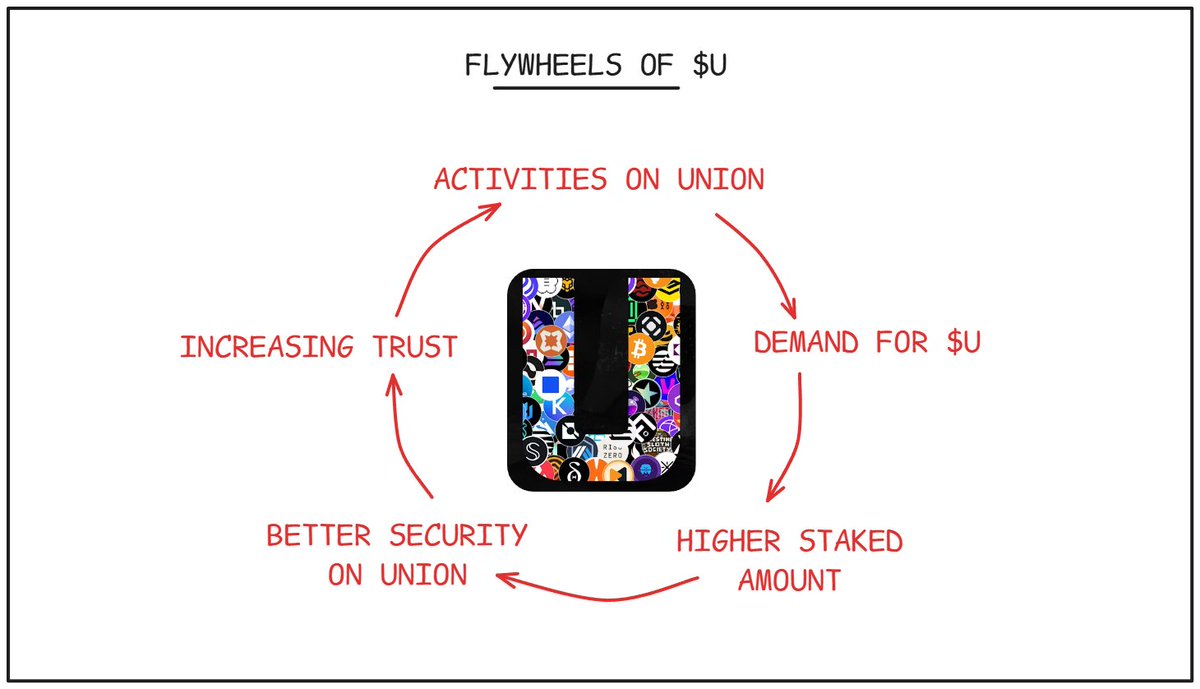Wormhole price
in USDCheck your spelling or try another.


About Wormhole
Disclaimer
OKX does not provide investment or asset recommendations. You should carefully consider whether trading or holding digital assets is suitable for you in light of your financial condition. Please consult your legal/tax/investment professional for questions about your specific circumstances. For further details, please refer to our Terms of Use and Risk Warning. By using the third-party website ("TPW"), you accept that any use of the TPW will be subject to and governed by the terms of the TPW. Unless expressly stated in writing, OKX and its affiliates (“OKX”) are not in any way associated with the owner or operator of the TPW. You agree that OKX is not responsible or liable for any loss, damage and any other consequences arising from your use of the TPW. Please be aware that using a TPW may result in a loss or diminution of your assets. Product may not be available in all jurisdictions.
Wormhole’s price performance
Wormhole in the news

LayerZero’s $110 million token-swap offer faces competition as Wormhole pushes for a delay in Stargate’s governance vote to submit a higher bid.

The Wormhole Foundation, the entity dedicated to supporting the growth of the Wormhole ecosystem, announced...
Wormhole on socials







Guides

Wormhole on OKX Learn



Wormhole FAQ
Dive deeper into Wormhole
Wormhole serves as an interoperability platform within the Web3 ecosystem, designed to connect disparate blockchain networks. It emerged as a response to the growing demand for a foundational messaging protocol that prioritizes security, decentralization, and minimal trust requirements. Initially forging a link between Ethereum and Solana, the platform aimed to bridge the gap between different blockchain environments, promoting a more cohesive Web3 internet.
The platform has matured into an extensive network that enhances interoperability across blockchain systems, facilitating the growth and scalability of applications. Wormhole has been instrumental in supporting the seamless exchange of data, contributing to the infrastructure that underpins the open and secure internet envisioned by Web3 initiatives. It is now the leading interoperability platform, used by developers of over 200 applications (e.g. Uniswap, Circle, Lido) and facilitating data movement across more than 30 blockchains.
Wormhole Price and Tokenomics
The introduction of Wormhole's native token, W, is central to the ecosystem’s function, driving governance, encouraging participation, and securing the platform’s future. The tokenomics of W have been strategically devised to cater to both immediate network requirements and the long-term expansion of the platform.
W's total supply caps at 10 billion tokens, with an initial 1.8 billion circulating in the market. Compliant with the ERC20 and SPL standards, W tokens are crafted for interoperability, utilizing Wormhole’s Native Token Transfer standard to ensure smooth cross-chain transactions. To reinforce the network's stability and encourage long-term commitment, 82% of W tokens are initially locked, set to gradually become available over a four-year period. The tokens are thoughtfully allocated to support different facets of the ecosystem:
- Guardian Nodes: 5.1%, integral for the network’s security, participating in message verification.
- Community & Launch: 17%, devoted to engaging and rewarding the community, including through airdrops.
- Core Contributors: 12%, allocated to the teams focused on security, engineering, and product development.
- Ecosystem & Incubation: 31%, aimed at supporting strategic growth and contributions to the broader Wormhole ecosystem.
- Strategic Network Participants: 11.6%, reserved for participants with a long-term vested interest in the network.
- Foundation Treasury: 23.3%, designated for future research, community grants, and operational costs, managed by the Wormhole Foundation.
Each category is a testament to Wormhole's commitment to creating a balanced and comprehensive approach to its tokenomics, promoting a wide distribution that aligns with its vision for an interconnected Web3 infrastructure.
About the founder and stakeholders
Wormhole's inception and growth can be attributed to a collective of decentralized teams, each with expertise in various domains crucial to the platform’s success. The principal contributors to Wormhole include the Wormhole Foundation, Wormhole Labs, and xLabs. Additional specialized teams, such as Wormhole China and Superteam, as well as ZK engineering specialists like Lurk, also play pivotal roles.
Supporting Wormhole's ecosystem is a diverse network of stakeholders, comprising Guardian Nodes, core contributors, and strategic network participants, among others. These entities collaborate to maintain and steer Wormhole's services, highlighting the platform's collective strategy for enabling cross-chain communication.
Wormhole Governance & DAO
Wormhole is transitioning towards a token-based governance model to empower W token holders with decision-making authority, focusing on community and treasury management post-token distribution. This move aims to harness the Wormhole community's collective potential, enabling them to navigate the multichain ecosystem's challenges and opportunities effectively.
The governance structure is set to evolve, granting the DAO more control over operational decisions, including blockchain connections, smart contract upgrades, and fee adjustments. A collaborative effort between Wormhole Core Contributors and the community will outline a transparent and inclusive roadmap towards full decentralization, ensuring alignment with community interests.
Wormhole Highlights
- Widespread Adoption: Utilized by developers of over 200 applications, such as notable DApps like uniswap, circle, lido, synthetix.
- Extensive Reach: Facilitates the transfer of various data types across more than 30 blockchains.
- Impressive Volume: Has processed over 1 billion multichain messages, reflecting the platform's high utility and trust within the blockchain community.
- Uniswap Foundation Endorsement: In 2023, received the distinction of being the only unconditionally approved cross-chain protocol by the Uniswap Foundation’s Bridge Assessment Committee.
ESG Disclosure



































